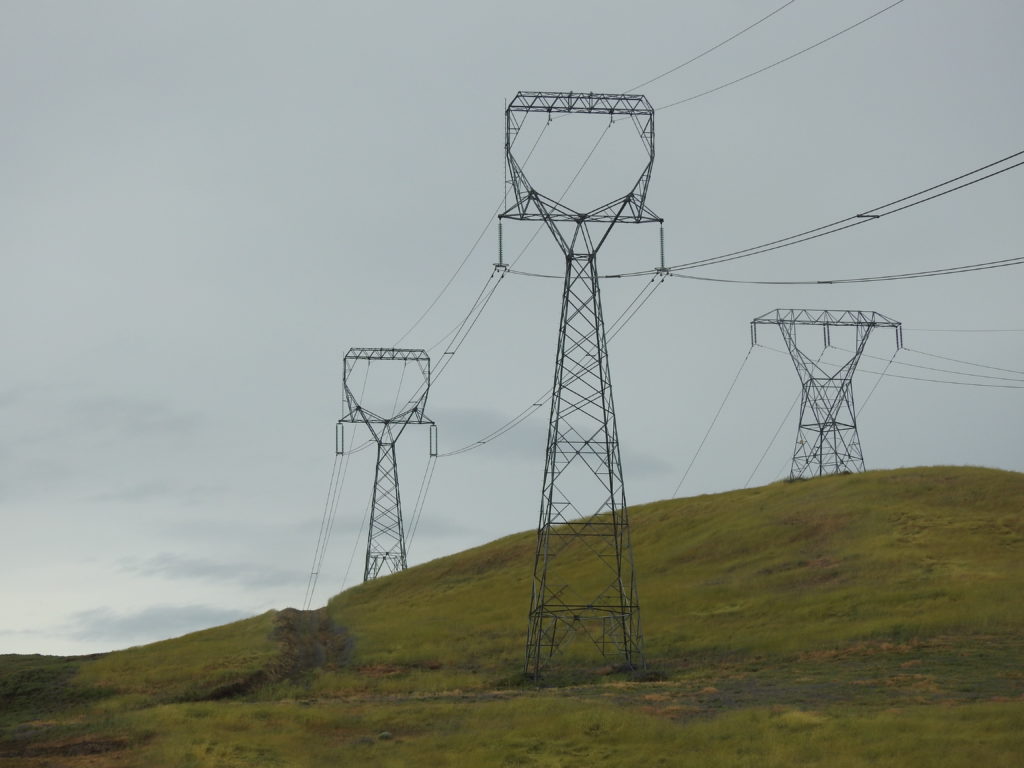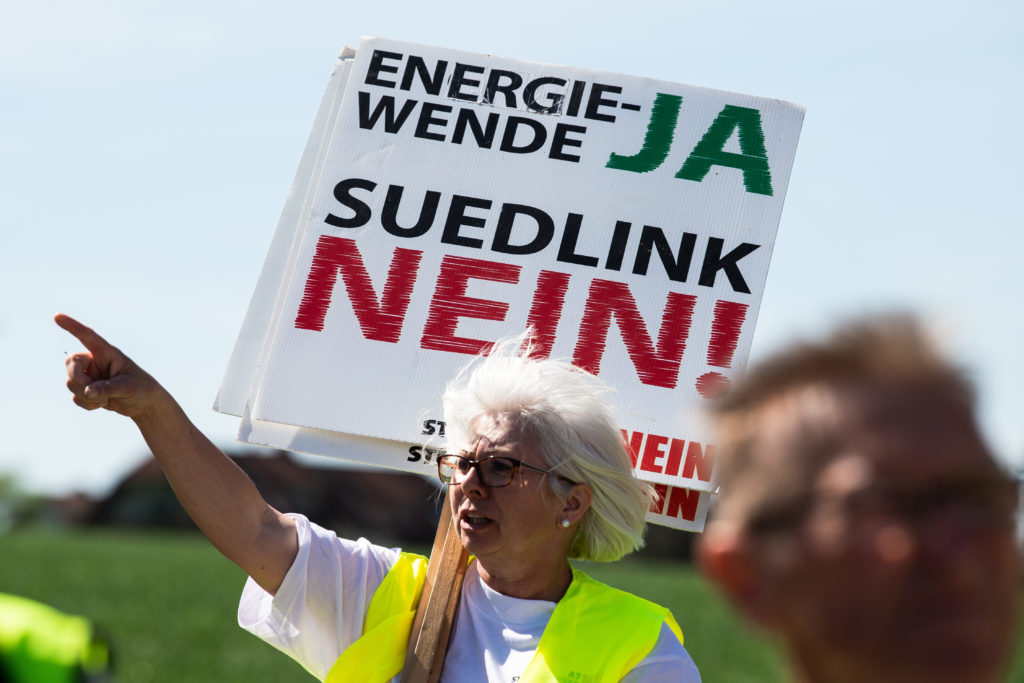SuedLink
In most parts of the world, it takes time, a lot of it, to get the necessary permits to build a new transmission line. While few dispute the benefits of and need for more electric transmission, many oppose the lines to be built. The reasons can be several, but in most cases, it comes down to NIMBY (Not-In-My-Backyard).

Pacific Intertie, a breakthrough transmission system at its time, initially, 1969, with a capacity of 2500 MW. With subsequent expansions the 400 kV HVDC line and the two 500 kW HVAC lines can bring 7900 MW of predominantly hydro power from the Pacific Northwest to the Los Angeles area. Photo by the author.
The common denominator for transmission projects moving ahead is thorough planning and persistence in working with public opinion and permitting authorities. For individual projects creativity and unconventional approaches can be effective enabling the project to happen. Below are some ongoing projects worth watching and learning from.
CONTINUE READING >>
There is a slogan for electric transmission that it is not about how much power you generate. It is about how much you deliver. There is a lot of truth to that. It was the innovations of electric transmission well over 100 years ago that enabled the modern electric system by bringing remote generation to the load.
Today a robust transmission grid is a prerequisite to economically and reliably balance generation and load. With more variable generation resources on the system, wind and solar, transmission is again the enabler. However, regardless how strong the rational for strengthening the transmission grid may be, the opposition against building new transmission can be equally strong or stronger. At few places it is more evident than in Germany.

CONTINUE READING >>